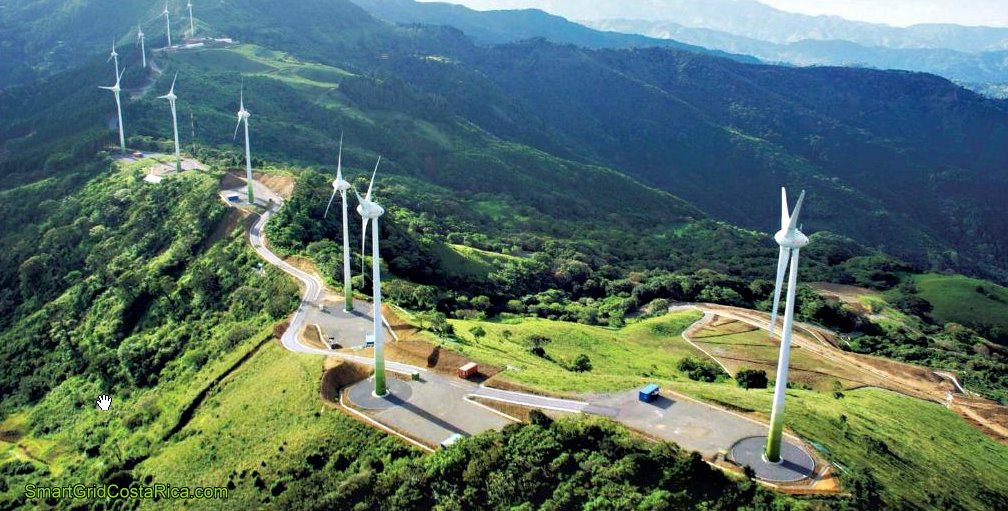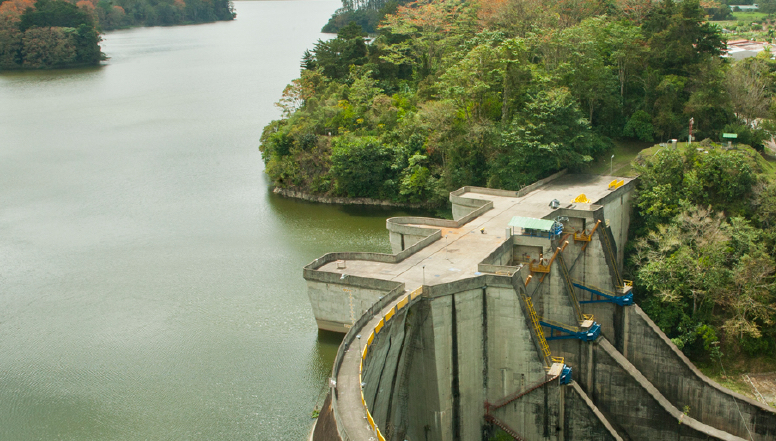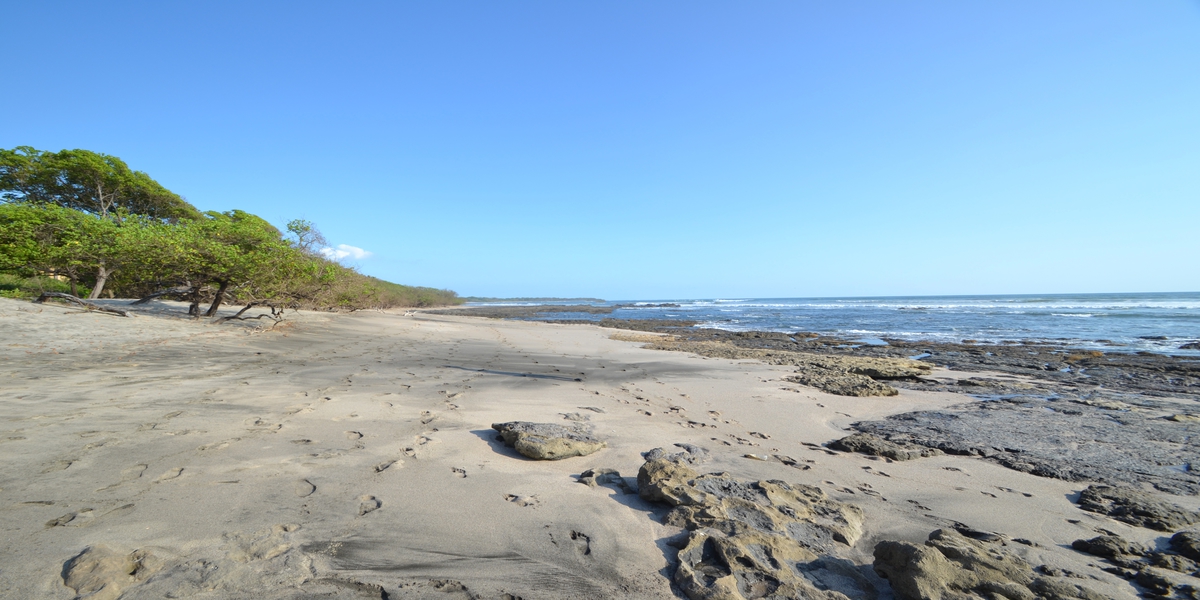 With the very ambitious goal of becoming 100% carbon neutral by 2021, Costa Rica’s government has enforced the actions required to get closer to making this goal a reality. In the private sector, countless companies have applied their own measures for separating trash, reducing the usage and amounts of chemical products and spreading the awareness on social media and with their staff members. As defined by the Estado de la Nación, the “carbon footprint” is “the amount of CO2 generated by the use of fossil fuels in society’s day to day activities.”
With the very ambitious goal of becoming 100% carbon neutral by 2021, Costa Rica’s government has enforced the actions required to get closer to making this goal a reality. In the private sector, countless companies have applied their own measures for separating trash, reducing the usage and amounts of chemical products and spreading the awareness on social media and with their staff members. As defined by the Estado de la Nación, the “carbon footprint” is “the amount of CO2 generated by the use of fossil fuels in society’s day to day activities.”
It is also understood as the area of ecologically competent territory capable of assimilating this atmospheric component (CO2) by natural means like photosynthesis and mineralization drains. Society’s activities must be developed according to the sustainability capacity that its environment offers. It is the main reason why it concerns researchers when a specific environment cannot absorb the ecological impact of a society and its lifestyle. This is why the carbon footprint must be less than the buffer capacity of that specifc environment, so that there is no ecological deficit in terms of carbon accounting. As of December 3, 2018, Costa Rica surpassed 98% of renewable energy generated over a one year period in our Sistema Electrico Nacional, and for the fourth consecutive year. This means electricity from renewable resources like water, wind, geothermal energy, biomass and solar energy has accounted for 98.15% of the energy produced and used in the country. It often goes unnoticed and it’s truly worthy of admiration considering the majority of countries that have pledged for carbon neutrality are in Europe and North America, and have much greater financial and media resources than Costa Rica.

The reservoirs of regulation in the country such as Arenal, Cachí, Reventazón, Pirrís and Angostura (all very important rivers) have been vital to achieve four consecutive years with such a high clean production. These have kept the accumulation of waters from intense periods of rain available and ready for electricity generation when rainfall decreases. In addition, many of these reservoirs have allowed variable sources, such as wind, to be more widely integrated into the national scene. 2018 was the second year in the history of Costa Rica in which wind-generated renewable energy occupies the second position in contribution to energy production, behind hydroelectric power.
 Last year, ICE corporate director of Electricity stated that "The national system is sufficiently robust to adapt to climatic variability or eventualities without losing its renewable energy profile. The clean generation of electricity provides a significant boost to national decarbonization goals and contributes to a healthy environment for all Costa Ricans." In a long path towards carbon neutrality and contributing as a nation to the reversal of climate change, it’s always comforting to know that Costa Rica is actively pursuing that goal and constantly insisting on the use of alternative energies, always leaving fossil fuels as an emergency resource only. Make sure to share this information with your loved ones and let’s work to protect and save these resources even if they seem to be limitless.
Last year, ICE corporate director of Electricity stated that "The national system is sufficiently robust to adapt to climatic variability or eventualities without losing its renewable energy profile. The clean generation of electricity provides a significant boost to national decarbonization goals and contributes to a healthy environment for all Costa Ricans." In a long path towards carbon neutrality and contributing as a nation to the reversal of climate change, it’s always comforting to know that Costa Rica is actively pursuing that goal and constantly insisting on the use of alternative energies, always leaving fossil fuels as an emergency resource only. Make sure to share this information with your loved ones and let’s work to protect and save these resources even if they seem to be limitless.
Clean renewable energy all the way! Derrick Rowland, REMAX administrative Assistant






